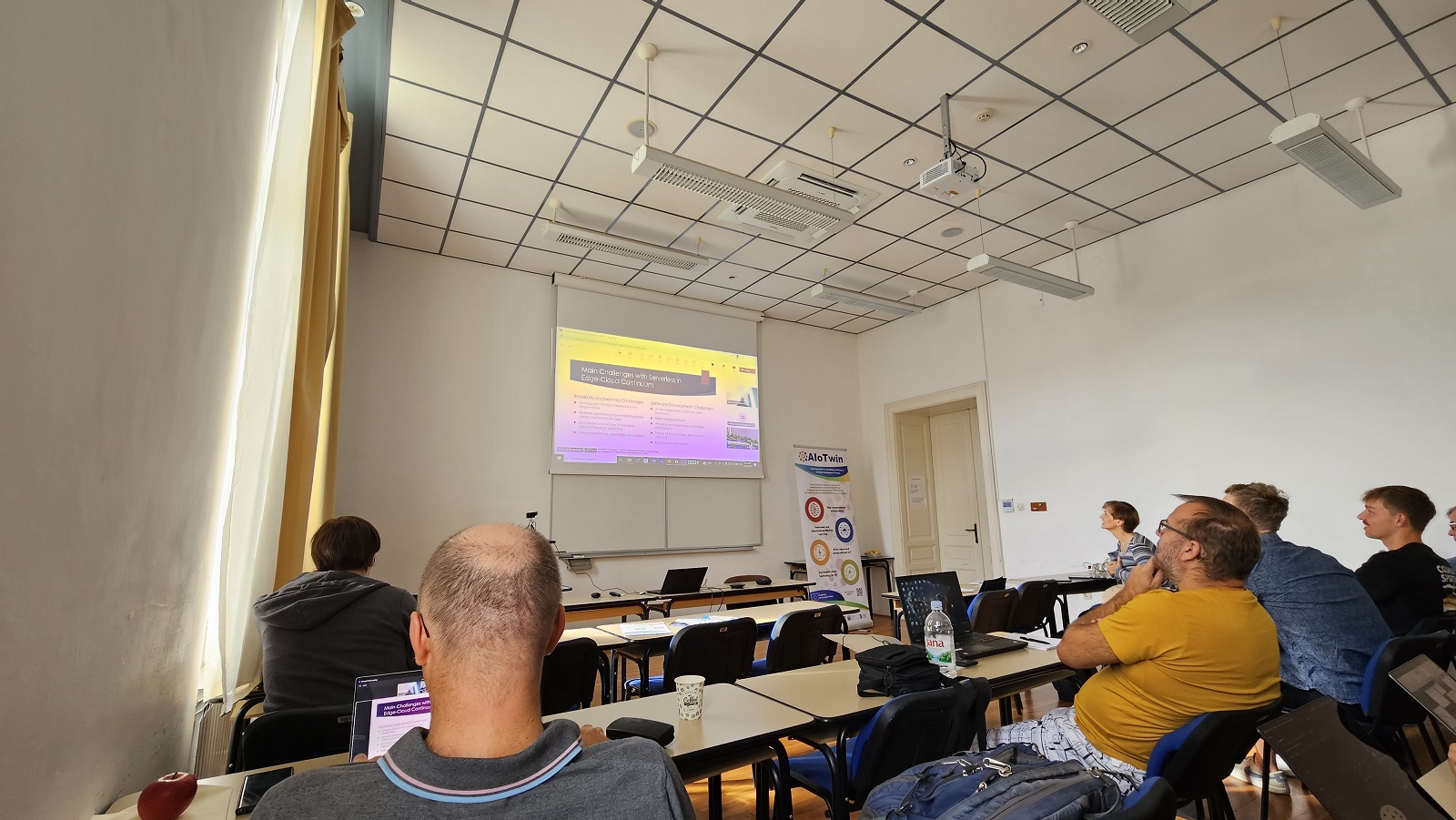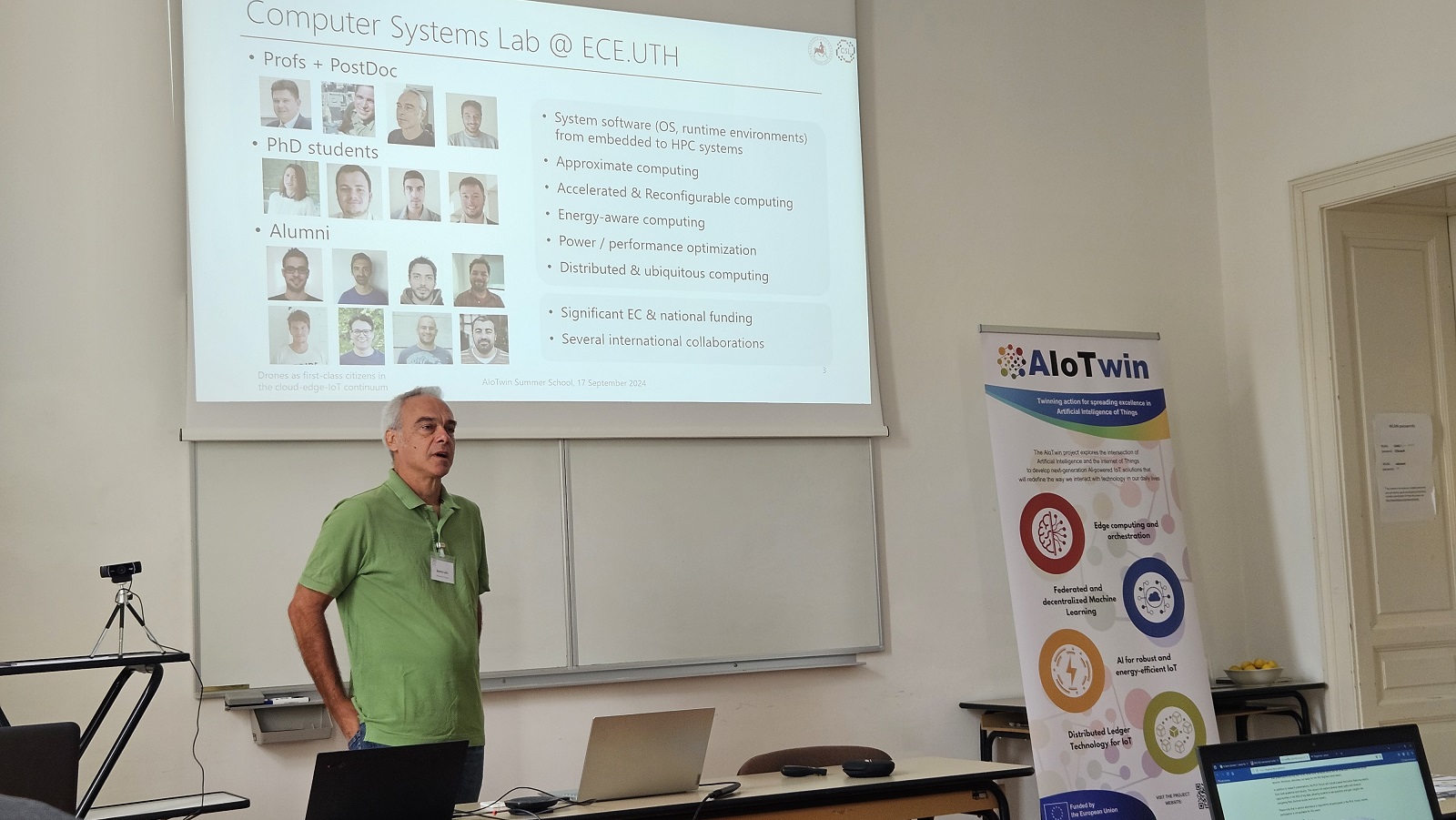Aaron Ding - Sustainable and trustworthy edge AI for future computing
Similar to the progression from cloud computing to cloud intelligence, we are witnessing a fast evolution from edge computing to edge intelligence (aka Edge AI). As a rising research branch that merges distributed computing, data analytics, embedded and distributed ML, Edge AI is envisioned to provide adaptation for data-driven applications and enable the creation, optimization and deployment of distributed AI/ML pipelines. However, despite all the promises ahead, the path to realize Edge AI is far from straightforward. This keynote will illustrate a major concern of Edge AI from the trustworthy and sustainable perspectives, because critical building blocks are still missing. On top of practical lessons from my latest EU H2020 SPATIAL and Marie Curie APROPOS projects, the keynote will share an envisioned roadmap, serving as a steppingstone on which the promise of Edge AI can be established for future computing.
Stefan Nastic - Computing paradigms for the next-generation computing landscapes
Serverless computing has established itself as a compelling paradigm for developing modern cloud- and edge-native applications. Serverless represents the next step in the evolution of cloud programming models, services, and platforms, which is especially appealing due to its low management overhead, easy deployment, scale-to-zero, and promise of optimized costs. In this talk, we take a closer look at the state of serverless computing, particularly focusing on the opportunities and challenges related to building Serverless applications and systems in the edge-cloud continuum. We also present our latest work in the Polaris project, which is an open-source project hosted by Linux Foundation, that has been developing various state-of-the-art serverless approaches for the 3D computing continuum.
Spyros Lalis - Elevating drones as first-class citizens in the cloud-edge-IoT continuum
The paradigm of edge computing has gained significant traction, advocating the movement of data transfers and data processing tasks close to the data sources in order to reduce Internet and cloud traffic, avoid performance bottlenecks, reduce latencies and minimize privacy issues. Typical data producing devices are embedded sensors in homes and factories, street cameras, mobile phones or even (self-driving) cars. A more recent addition to the list of data producers are aerial unmanned vehicles (drones), which can be used to provide focused aerial sensing thereby complementing any ground-based sensors. However, drones currently need to be controlled by a human pilot, even if this can be done using high-level commands thanks to advanced onboard autopilot technology. They also typically run preinstalled software customized for specific tasks. This considerably limits deployment and reduces flexibility. Instead, drones can be viewed as an inherent part of the system infrastructure, like temperate, pollution or camera sensors deployed in an area of interest, becoming a shared resource that can be engaged on demand in a flexible and dynamic way by one or more applications. The talk will discuss some of the challenges that must be addressed to achieve this vision and will present work that was done to integrate drones in the cloud-edge-IoT continuum.



